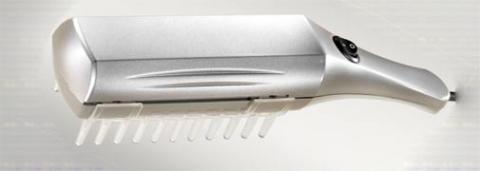
A study performed by researchers in Iran concluded that nbUVB vitiligo treatments are more successful when asociated with topical immunomodulators (Elidel, Protopic).
"Sixty-eight patients with vitiligo enrolled in this randomized, double-blind, placebo-controlled study. The patients were randomized into two groups and treated with NB-UVB plus either pimecrolimus or placebo for 3 months. Tri-weekly radiation was started at 280 mj/cm2, with 15% increments for each subsequent treatment until erythema was reported or a maximum of 800 mj/cm was achieved. At baseline and 6 and 12weeks after commencement of therapy, vitiliginous patches were measured. Fifty patients completed the 3-month study. No significant side effects except self-limited erythema and pruritus were observed. After 12weeks of treatment, repigmentation of the facial lesions was higher in patients treated with combined pimecrolimus and NB-UVB compared with the placebo plus NB-UVB group (64.3 vs 25.1%) (p 0.05%). There was no statistically significant difference in the repigmentation rate between the two groups on other body areas," wrote I. Esfandiarpour and colleagues.
Their findings tell us that a vitiligo treatment should be dependant on the body area where the white patches are located. While tacrolimus may be used effectively on the face (with or without UVB) it's efficiency in other areas (feet, elbows, hands) is limited.
SOURCE
Study results from I. Esfandiarpour and colleagues in the area of vitiligo. Drug Week. Atlanta: Mar 27, 2009. pg. 1223